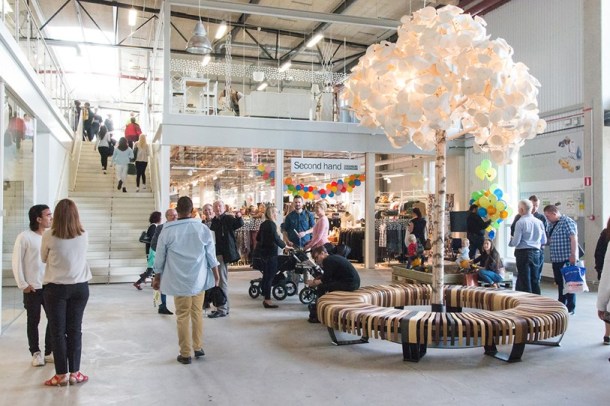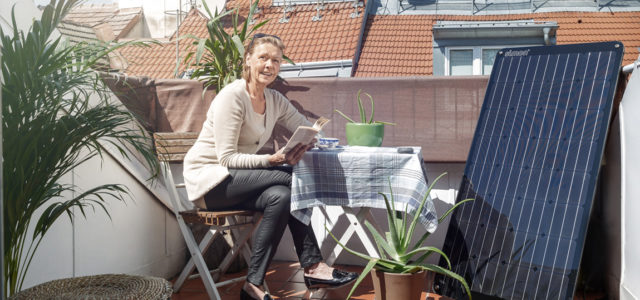
A journal entry from my pre-gardening days reads as follows:
I just returned from the farmers’ market with two pounds of apricots, half a pound of ground cherries, a bag each of arugula, radishes, pepper cress and kale. One of the farmers gave me a peach spray, which now brightens my kitchen.
I’m grateful to these family farmers who till the land, and then bring their produce and other wonderful foods to the city. Hard work, I imagine, and not particularly lucrative. Still, I hope I’m not romanticizing their life when I dream of working the land and depending less on others to grow and raise my food.
Living in the city, I do what I can to support organic, local, biodynamic farming. I shop at the farmers’ market and food coop, have a sideline as a food educator at CSAs, prepare most of my meals from scratch. Yet, in my life, the farm-to-table cycle remains incomplete. With the exception of a few potted herbs on the windowsill, I have little chance to grow or raise what I eat. Sometimes I bring fruit and vegetable scraps to the food scrap collection site in the park. Other times I toss them in the trash. In either situation, I miss out on the pleasure of returning them to nature myself and in so doing nourishing soil and soul.
Now, four years into growing much of the produce we eat, I realize that garden farming connects me even more deeply than I had imagined to the earth, the life cycle, my body and food. It is also more difficult not only physically, but mentally as well. Had I known more from the start, no doubt it would have been easier and more effective. It is in this spirit that I am sharing some of what I’ve learned.
I make no claims to expertise. Certainly, there are professional gardeners, farmers and agricultural scientists who know much more than I do. Still, my hope is that those newer than I to growing their own food may benefit from these tips.
1. Plant Edible Woody Perennials First
Edible woody perennials include fruit trees, berry bushes and grapevines. Since these perennials take several years to mature, the sooner you plant them the sooner they bear fruit. I resisted at first. Planting fourteen fruit trees by hand is labor intensive. And since we had no source of free cultivars, buying the trees also made a dent in our wallet. Fortunately, my wife prevailed. Now, four springs later, apple, cherry, peach, plum and pear blossoms dot our trees. Our Chinese apricot tree is laden with tiny hard fruit.
The second spring we planted a variety of bushes including raspberry, gooseberry, choke cherry, goji berry, service berry, sea buckthorn berry, nero aronia, and currant. We planted elderberry, hazelnut and persimmon trees. We also planted grapes.
These botanical treasures contribute to making us feel rooted in our homestead. They also contribute to self-reliance by feeding us well. As for finances, already they’ve more than paid us back.
2. Plant Edible Herbaceous Perennials Next
I wish I’d learned this tip sooner. Come early spring, it’s such a pleasure to see sorrel leaves poking through the snow. Soon after the rhubarb, lovage, dandelion, walking onions, and asparagus appear. Our perennial roots and herbs include garlic chives, culinary lavender, oregano, thyme, horseradish, hyssop, and sage. (Rosemary, which we hoped would be perennial, turned out not to be in our zone four climate, and so we plant it anew each year.)
Once planted, perennial edibles provide good food early in the season with little work. And some (including sorrel, horseradish, hyssop, oregano, and thyme) have another benefit as well: they do a wonderful job of keeping grass and other weeds at bay.
3. Grow What You Love (and What You Can)
Midwinter when it’s minus twenty and snow drifts cover the porch, we enjoy sitting by the fire planning our garden. It’s easy that time of year to get carried away. Yes, we’d enjoy a walnut tree. But we lack the climate, soil constitution, and acreage (not to mention the energy) to grow everything we’d like. Easy to rule out in our zone four climate are heat-loving trees such as avocado and lime. And as much as we’d like to have blueberries, the pH of our soil would make growing these a daunting task.
So how do we decide? First, we eliminate what we cannot grow. Then we decide what we like. We also experiment. Over the years, we’ve learned, for instance, that although we adore broccoli, it tends not to flourish in our garden. So much planting, watering and weeding all for a few buggy florets.
Potatoes, on the other hand, thrive. So do sunchokes, lettuces, arugula, radishes, chard, cress, parsnips, nasturtiums and many other species of edible plants. Our raspberry bushes produce so well and with so little effort that each summer we invite neighbors to pick from our patch.
Read more here.











































